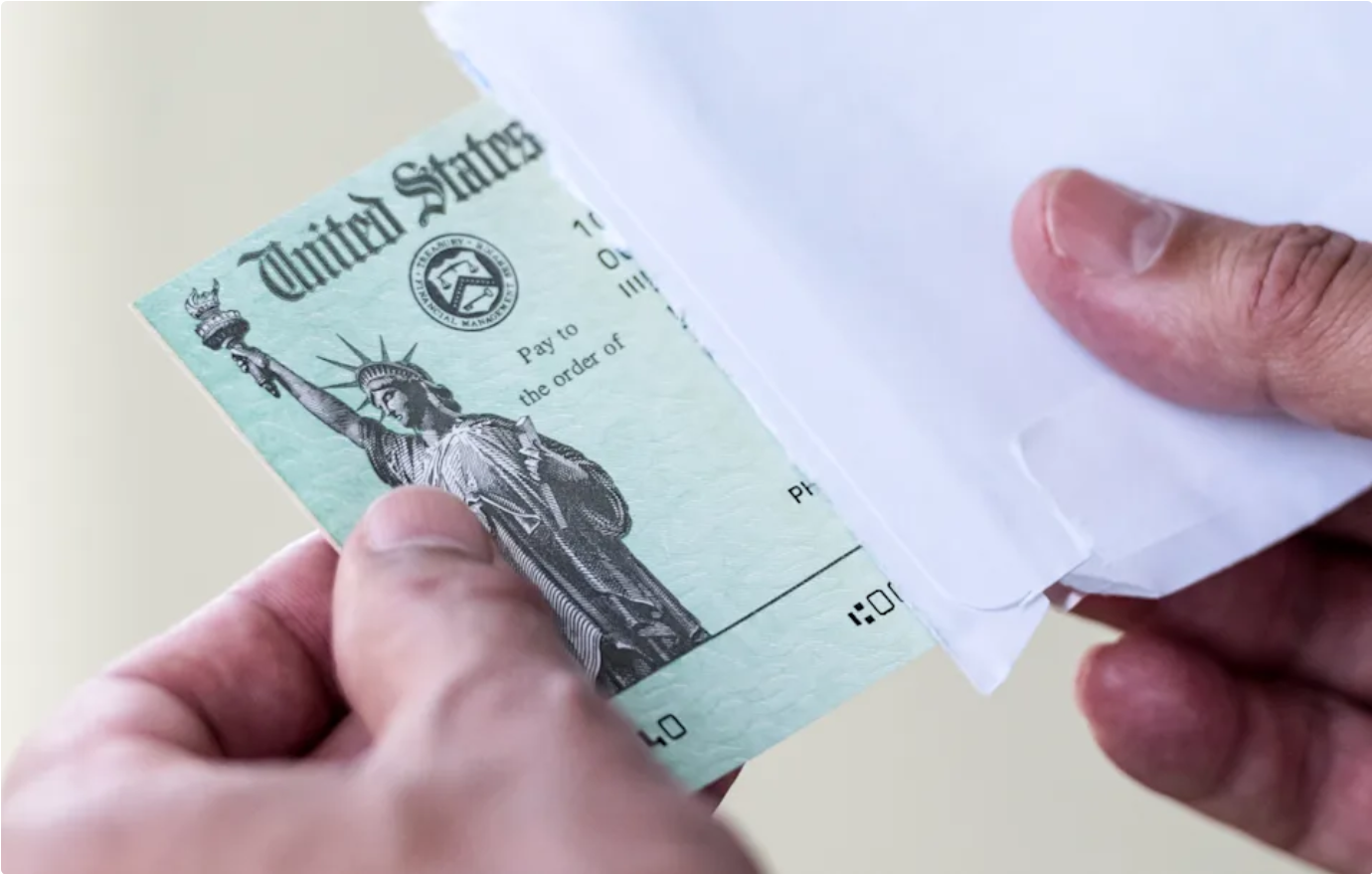Every tax season, the most important question for taxpayers is “When will my tax refund arrive?” The U.S. Internal Revenue Service (IRS) has launched the “Where’s My Refund?” online tool to help taxpayers track the progress of tax refunds in real time. However, tax refund delays are still common. This article will systematically introduce how to use the tool to check the tax refund status, analyze the common reasons for tax refund delays, and provide practical coping suggestions to help you easily grasp the tax refund dynamics.
1. How to use the “Where’s My Refund?” tool?
“Where’s My Refund?” is a free online query platform officially provided by the IRS, which supports web and mobile application (IRS2Go) access. The following information is required:
- Social Security Number (SSN) or Individual Taxpayer Identification Number (ITIN)
- Filing status (single, married filing jointly, etc.)
- Refund amount (the exact number shown on the tax return)
The query process is simple, and you can usually check the refund status within 24 hours after electronic filing, while it takes about 4 weeks for paper filing. The tool is updated once a day and shows three stages of refund progress:
- Return Received: The IRS has received and started processing your tax return.
- Refund Approved: The IRS has approved the refund and is preparing to issue it.
- Refund Sent: The refund has been sent by direct deposit or mailed check. The arrival time depends on the bank processing or mailing speed.
2. Common reasons for delayed tax refunds
- Incorrect or incomplete reporting
Including mismatched social security numbers, incorrect reporting status, missing dependent information, or missing necessary forms. Such problems will lead to manual review by the IRS, which will extend the processing time. - Applying for specific tax credits
When applying for the “Earned Income Tax Credit” (EITC) or “Additional Child Tax Credit” (ACTC), the law requires the IRS to delay issuing tax refunds, usually until at least mid-February. - Authentication and anti-fraud measures
In order to prevent identity theft, the IRS will require some taxpayers to go through the identity verification process. Failure to respond in time will lead to delayed tax refunds. - Paper reporting or amended reporting
Paper reporting takes a long time to process, and amended reporting takes even longer, usually 8 to 12 weeks. - Bank account information errors
Incorrect direct deposit account information will cause the refund to be returned to the IRS and mailed as a check instead, which will extend the time to arrive. - Tax returns from previous years have not been submitted or there is a tax debt
The IRS will freeze the current tax refund until the taxpayer submits the tax return for the previous year or pays off the debt. - Tax audit
Tax refunds affected by the audit will be temporarily shelved and need to wait for the audit to be completed.
3. How to deal with tax refund delays?
- Wait patiently
The IRS updates the tax refund status every day, and frequent inquiries will not help speed up the progress. - Check the declared information
Make sure the social security number, dependent information and bank account are accurate. - Respond to IRS notifications in a timely manner
If you receive a letter from the IRS, provide additional information or complete identity verification as required. - Avoid duplicate reporting
Do not submit tax returns repeatedly unless the IRS explicitly instructs you. - Use electronic reporting and direct deposit
These two methods are the fastest tax refund channels. - Contact the IRS
You only need to call the IRS if the “Where’s My Refund?” tool prompts or the delay exceeds 21 days (electronic filing)/6 weeks (paper filing).
The “Where’s My Refund?” tool provides taxpayers with a convenient and transparent refund inquiry channel to help you keep track of the refund progress in real time. Although refund delays are common, they are mostly caused by reporting errors, identity verification or special tax credits. Filling out tax forms correctly, responding to IRS notices in a timely manner, and choosing electronic filing and direct deposit are effective ways to shorten waiting time. Stay patient and make rational use of official resources, and your refund will eventually arrive smoothly.
